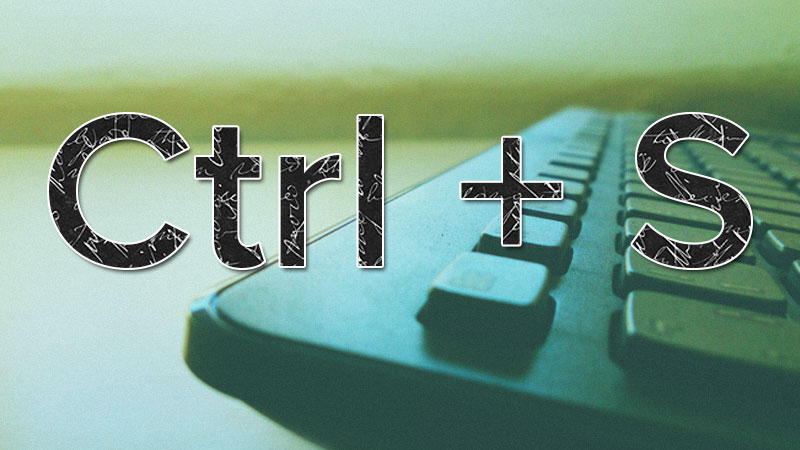In Greek mythology, being made to repeat the same task over an over again was a particularly severe punishment – one meted out to the murderous and unruly monarch Sisyphus.
But, for us copywriters, having to think up fresh subject lines for the same topic, write marketing emails for near-identical events, and craft endless social media seeds for unremarkable promotions can all be a part of our 9-5.
It can all seem a little unfair when you consider that, unlike Sisyphus, most of us haven’t even murdered anyone. Yet.
To make sure things stay this way, here are 5 tips to help you deal with writing repetitive content. (And if you need it, here’s five tips on how to write it all fast.)
1. Quantity breeds quality… probably
Bob Dylan once said that his best work came from him writing 10 songs a day and throwing 9 away. That’s probably why we never got to hear “Mr Harpsichord Man”, or “Hold On, Think About It, What if Everything’s Not Okay?”
The principle behind this technique comes down to the theory that there is no good writing, only good rewriting. I’m not sure who first said that; the internet attributes it to numerous people, so let’s just assume it was Gandhi. Or Mark Twain. They were both big talkers.
The point is, if you’re having trouble producing creative copy for previously trodden ground, try producing more of it, then going back to trim the fat.
Popular websites like Upworthy use the technique of writing 25 headlines for each story, so they can pinpoint a fresh creative angle (“and you won’t believe the first 10”).
Whether it works or not is debatable, but you can’t accuse their output of not being…creative.
If this approach to editing doesn’t help you, then there are other routes you can take. For instance, Ernest Hemingway once said the best approach is to “write drunk; edit sober” (I bet he added the semi-colon when he was sober). So feel free to quote Hemingway to your boss when you’re caught stumbling around the office on a Wednesday afternoon. Do refrain from pointing the finger at me, though.
2. The whole gamut of emotion
At Radix, we spend a lot of our time writing email subject lines. It makes sense; they’re pretty important and quite often make the difference between an opened email and one that takes a trip to the trash folder.
When doing this we try to make an effort to provide a variety of options that would appeal to different points on the emotional spectrum. (Yes I did just use the term “emotional spectrum”. Don’t look at me like that or I’ll show you my crystal healing techniques.)
For example, one subject line might be positive, another might be negative, a third might try and elicit an emotional response, and a fourth could be based around an interesting statistic.
Let me illustrate my point. I recently received a spam email in my personal account that read:
RE: looking for new beef jerky beta testers
I opened it without hesitation. Why? Because it appealed to my emotions about beef jerky.
I guess the point here is that there are lots of ways to get someone to listen. So, if you find yourself writing something you’ve written several times before, maybe try and write it from, or for, a different mindset.
3. The angle is everything
The most successful freelance writers know that a single story can be told a hundred times, and that each new angle they find to exploit means another payday.
The same rule is applicable to copywriting. It’s likely you’re trying to target a specific audience, but there will always be several ways to do this. Think about the response you want to elicit from your audience. Do you want to home in on their fears? Make them feel you understand their challenges? Make them laugh? Make them cry?
Let’s take the story of Cinderella as an example.
The original story is (sort of) about a teenager who sneaks out to a party, falls in love, loses her shoe, and marries into money to escape her awful family. But how many other angles could you find to tell the tale? Imagine if the tabloid press got hold of it:
Stalker Finds Woman Using Lost Shoe
Pumpkins: The Amazing New Vegetable That Can Turn Into a Chariot
Years of Subservient Misery Uncovered in Disney Slave House
Cinderella Takes the Plunge in a Stunning Black Ensemble as she Poses with Royal Prince
That last one was taken almost word for word from a Daily Mail puff-piece about Charlize Theron. This is the world we live in. Regardless, the point is there are several ways to tell a story—so find a fresh approach when things are feeling stale.
4. One thing at a time
Not so much a writing technique, this, more a coping mechanism for overcoming the daunting spectre of relentless repetition.
Quite often, if you’re working on a big project and writing lots of the same content in succession, the thought of starting the next piece can be overwhelming. It can seem as if your campaign is going to last forever, and that feeling can be a huge drain on your creativity.
If this sounds familiar, bear these two things in mind: Firstly, it won’t last forever, nothing does—one day we’ll all be dead and none of this will matter in the slightest. Secondly, until this day comes, try focusing on a small section at a time: make a subject line great, then your opening line, then your first paragraph.
Concentrating on the big picture can make your workload seem unsurmountable, but everything is possible if you look at it in manageable chunks. Think of this as the writing equivalent of “don’t look down”.
5. Borrow someone’s style
One of the most difficult things about spending a lot of time writing the same sort of content is ensuring you don’t get trapped in your own stylistic habits.
Everyone has subconscious go-to phrases or words they rely on, and if you’re writing repetitive content it will very soon become apparent to you what they are. If you find yourself becoming overfamiliar with a certain type of work, take a look at how your colleagues or peers approach the same thing. It’s a really good way to pick up new tricks, techniques and phrasings.
So, there you have it. Five surefire ways to win writing repetitive copy. If you can think of any more, send us a tweet @radixcom. If not, don’t worry—I’ll be posting the same blog again next week.

New more copy inspiration?
Sign up for our monthly B2B copywriting insights email.



